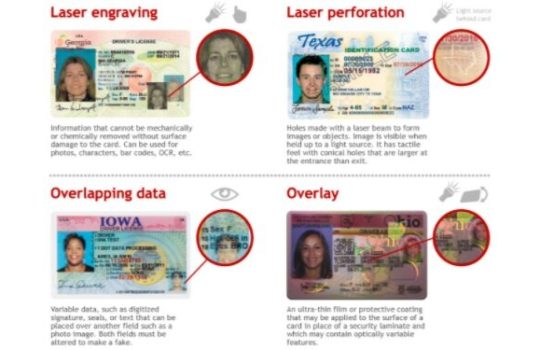How Much Is A Scannable Id Card
2023-07-13 2023-07-13 6:08How Much Is A Scannable Id Card

How Much Is A Scannable Id Card
Luxembourg Fake Passport
German Fake Passport
Croatia Fake Id Card Scannable
Dominican Republic Fake Id Card Scannable
Title: The Value of Scannable ID Cards: A Comprehensive Guide
Introduction:
In today’s interconnected world, the need for secure identification has become increasingly important. Scannable ID cards have emerged as a popular solution to meet this demand, providing organizations and individuals with reliable identification verification capabilities. From enhancing security to streamlining access control systems, these ID cards offer numerous benefits. However, determining the cost of such cards is a complex equation that depends on several factors. In this article, we will delve into the mechanisms behind scannable ID cards, explore their functionality, and assess the factors that influence their overall cost.
1. Understanding Scannable ID Cards:
Scannable ID cards are physical identification documents embedded with scannable elements that enable machine-readable processes. These cards utilize barcodes, magnetic stripes, or embedded chips to store and transmit data electronically. Upon scanning, the encoded information can be instantly retrieved and verified electronically, ensuring an efficient and accurate identification process.
2. Importance of Scannable ID Cards:
The growing significance of scannable ID cards lies in their ability to enhance security and streamline administrative processes. These cards offer reliable identification verification, mitigating the chances of fraudulent activities or unauthorized access. Scannable ID cards find extensive applications in various domains such as educational institutions, corporate organizations, healthcare facilities, and government agencies.
3. Factors Influencing the Cost of Scannable ID Cards:
Several factors contribute to the overall cost of scannable ID cards, as outlined below:
A. Card Technology:
The choice of technology significantly impacts the cost of scannable ID cards. Barcode-based cards are relatively inexpensive compared to magnetic stripe or embedded chip-based cards. Barcode cards can fulfill basic identification requirements but lack the advanced features offered by the latter options.
B. Card Material:
The material used for the card’s construction plays a role in determining its cost. PVC cards are a common choice due to their durability and affordability. However, more robust materials like polycarbonate or composite materials incur additional expenses but offer enhanced durability and security features.
C. Card Design and Customization:
The complexity of the design, including graphics, colors, and additional security features, affects the cost of scannable ID cards. Customization requests, such as incorporating a company logo, holographic overlays, or other unique elements, may increase the overall price.
D. Security Features:
Scannable ID cards can include various security features to prevent counterfeiting and unauthorized duplication. These features may include holographic overlays, UV printing, microprinting, or laser-engraved elements. The level of security desired will impact the final cost.
E. Volume and Ordering Options:
The quantity of scannable ID cards ordered can significantly drive down the per-unit cost. Bulk orders often receive volume discounts. Selecting additional options, such as lanyards or cardholders, can influence the total cost as well.
F. Card System Integration:
For organizations seeking scannable ID cards for integrated access control systems, the cost can be higher due to the required software and hardware infrastructure. Integration with existing databases, card printers, and card readers might necessitate additional investment.
4. Average Cost Range:
Determining an accurate cost range for scannable ID cards can be challenging due to the multitude of variables involved. However, a general estimate can be provided. Basic barcode-based ID cards typically range from $1 to $5 per card, while magnetic stripe and chip-based ID cards may cost anywhere from $5 to $20 per card.
5. Additional Considerations:
Beyond the initial cost of scannable ID cards, it is crucial to consider long-term maintenance and replacement costs. Over time, wear and tear, loss, expiration, or the need to update card designs may require reordering or reissuing cards, leading to additional expenses.
Conclusion:
Scannable ID cards have become indispensable in diverse sectors, improving security, streamlining access control, and facilitating efficient identification verification processes. Understanding the factors that influence their cost is vital in making informed decisions regarding implementation. While the expense of scannable ID cards can vary significantly according to technology, design complexity, security features, and volume, their overall value justifies the investment. By evaluating these factors and choosing the card option that meets specific needs, organizations and individuals can reap the benefits of secure and efficient identification systems.















